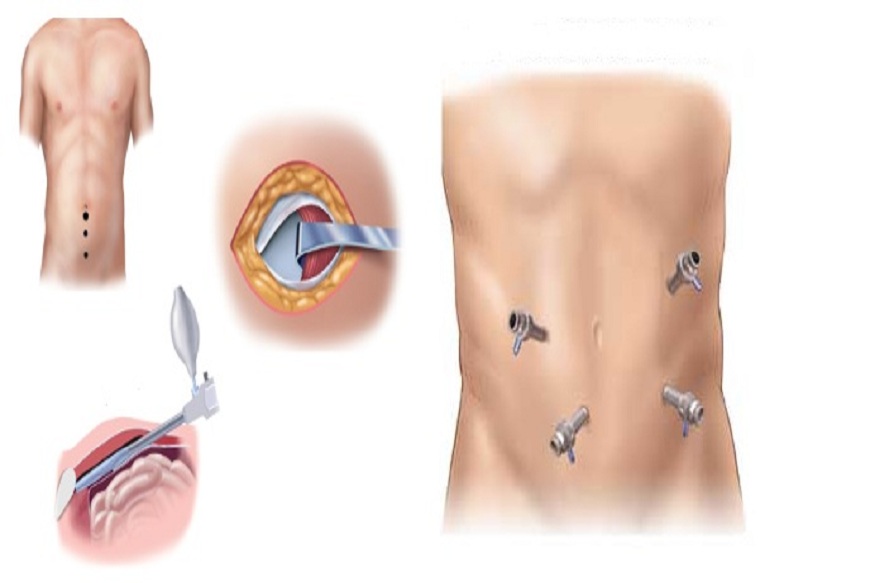
Consuming sugar, even in excessive amounts, can cause the body to release certain regulating hormones, which promote inflammation. Sugar is present in the form of sucrose (white sugar, molasses, honey) but also in our food, most often in hidden form because it is an excellent preservative in addition to being a flavor enhancer. Avoid sodas, colas, alcoholic beverages, but also confectionery, cakes, candies, as well as mayonnaise, ketchup, and sauces of all kinds.
Cooked fats can cause localized fatty adhesions, particularly on the back: the deep skin tissue ends up sticking to the underlying muscle, forming a block. Avoid all margarines, cooked butter, and heated saturated oils (sunflower oil, palm oil). Meats rich in saturated fatty acids (red meat, cold cuts), as well as pastries and Viennese pastries, will have the same effect. Whenever possible, favor vegetable oils that are labeled “first cold-pressed”: they have not been heated during their manufacture, which guarantees their nutritional quality (preservation of omega 3, 6, and 9).
Foods to prioritize in case of back pain
Contractures, aches and pains and back pain can be caused by an overly acidifying diet : a diet rich in animal proteins, dairy products, cereals and refined .
A simple solution is to drink enough water, accompanied by freshly squeezed lemon juice: this will increase elimination and reduce acidity. Our body is made up of 70% water and therefore beneficial for many of our organs, our metabolism, but also our muscles: drinking enough can already help the discs of the spine, made partly of water, as well as making some of our movements more flexible. Drinking also helps eliminate toxins accumulated in the body, sometimes sources of pain due to the accumulation of lactic or uric acid.
Natural anti-inflammatories in food
Inflammation is a key component of back pain. Our diet is made up of a wide variety of foods that can help regenerate the body, provided they are of good quality. Be wary of ready-made foods, which are most often made from processed raw materials, loaded with preservatives and chemicals but nutritionally devoid. Fruits and vegetables, thanks to the vitamins and numerous antioxidants they contain, have strong anti-inflammatory properties.
Quercetin is a flavonoid, found mainly in the peel of oranges, grapefruit, apples, red and yellow onions, broccoli, black tea and black grape juice: it is a very powerful antioxidant with strong anti-inflammatory properties.
Blackcurrant, cranberry, strawberry, and cherry berries also contain anti-inflammatory phytochemicals called proanthocyanidins. Research has shown that cherry extract can fight inflammation ten times better than aspirin.
Dark chocolate, with a 70% cocoa content, has proven itself as a first-class anti-inflammatory due to the presence of flavonoids which act on the mechanisms of inflammation, namely cytokines, eicosanoids and nitric oxide.




